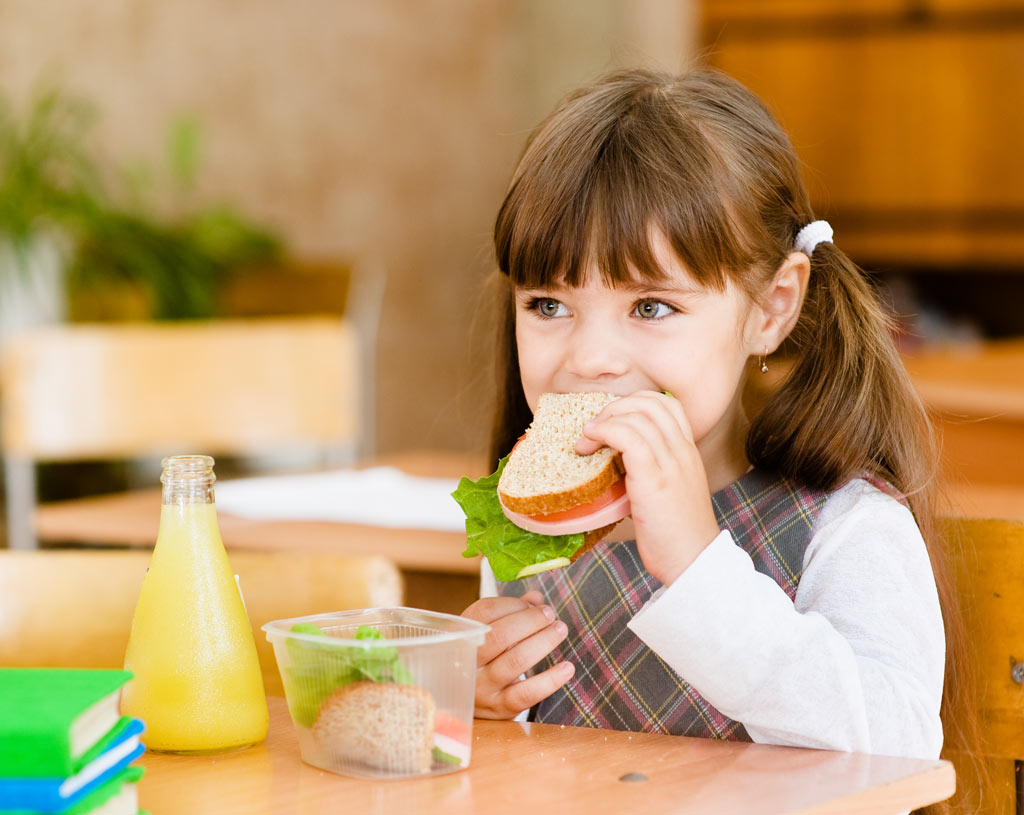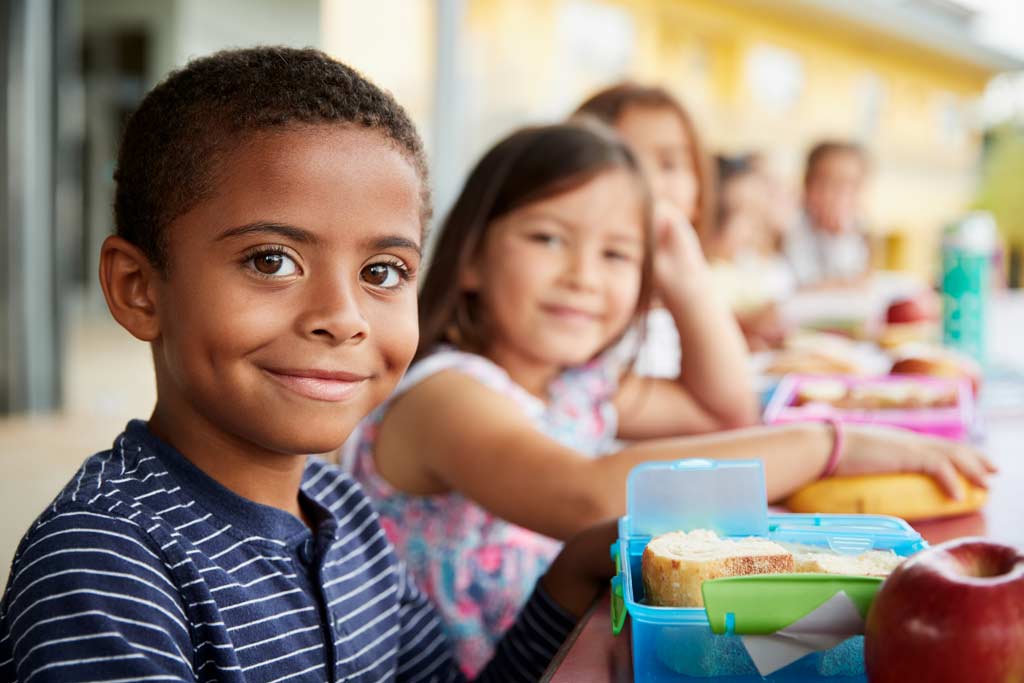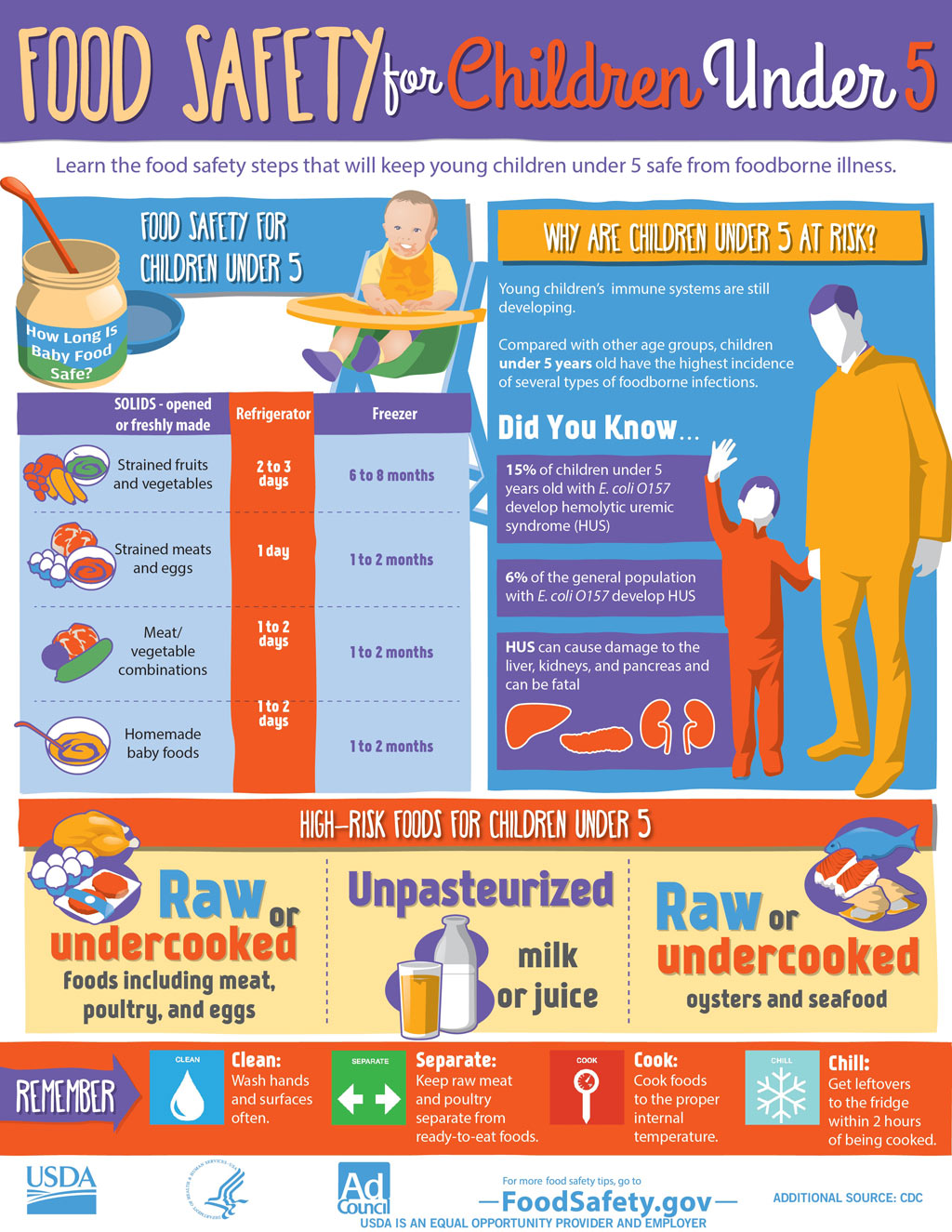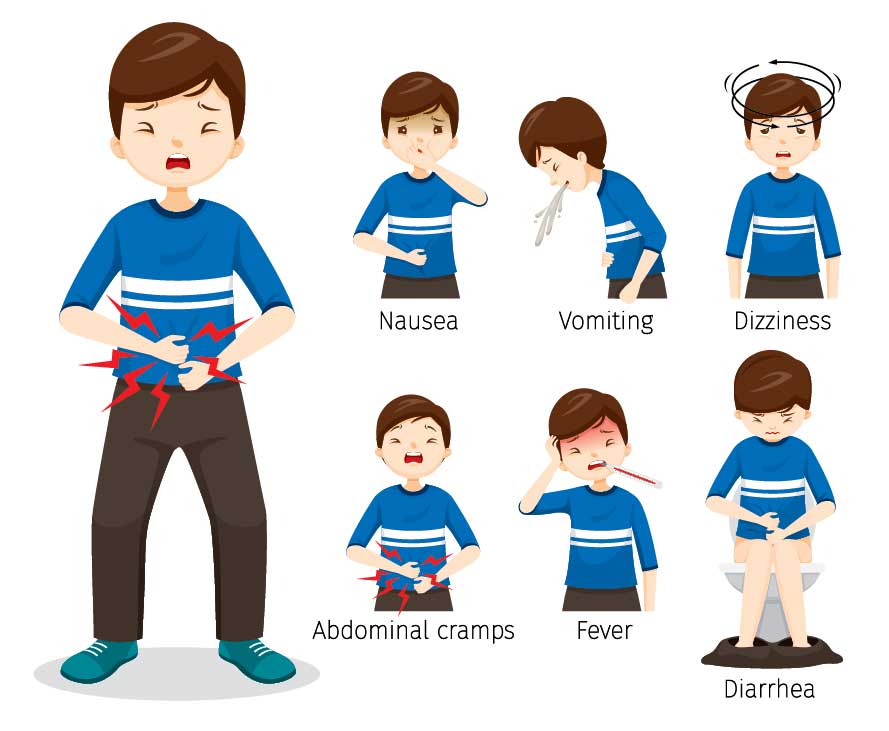Children under the age of five are at an increased risk for foodborne illness and related health complications. Food safety for young children depends on the behaviors of their parents and caregivers.
Young children with developing immune systems cannot fight off infections as well as adults can and produce less stomach acid that kills harmful bacteria, making it easier for them to get sick.
Child Illness Rates
Fooddborne illness is a serious health issue, especially for babies and children. Infants and young children are particularly vulnerable to foodborne illness because their immune systems are not developed enough to fight off foodborne bacterial infections. In fact, 800,000 illnesses affect children under the age of 10 in the U.S. each year. Therefore, extra care should be taken when handling and preparing their food.
- Learn about foodborne pathogens, cross contamination, cold and hot food safety, and best practices to prevent foodborne illness.
- Food Manager ANSI Certification: $99.00 - Valid in all States
- Food Handler Training: Only $7.00!
- 10% OFF: Enter Promo Code "train10off" at Checkout
In childcare facilities, food safety is everyone’s responsibility, not just the food service staff. Remember that the teachers and other personnel often come in contact with the food served to the children and should be familiar with safe food handling practices.
FDA Infographic – Food Safety for Children
- Install Acrobat PDF Reader: http://get.adobe.com/reader/
- Link to PDF: View
Foods Young Children Should Avoid
Young children with developing immune systems cannot fight off infections. When feeding young children, avoid:
- All unpasteurized foods and beverages, including raw milk and unpasteurized juice and ciders
- Raw or partially cooked eggs or foods containing raw eggs
- Raw or undercooked meat and poultry
- Raw and undercooked fish or shellfish
- Raw sprouts
- Honey, until after the baby’s first birthday because it can harbor spores of toxic bacterium that can cause botulism, a severe foodborne illness caused by a bacterium which occurs in soil.
 Image Source: Shutterstock
Image Source: Shutterstock Follow Food Safety Steps
If you prepare food for children under the age of five you should always follow the four steps:
- Clean: Handwashing is especially important, by children and those caring for them. Germs can spread and survive in many places.
- Separate: Raw meat, poultry, seafood, and eggs can spread illness-causing bacteria to ready-to-eat foods, so keep them separate
- Cook: Cook food to the proper internal temperatures.
- Chill: Refrigerate promptly. Bacteria that cause food poisoning multiply quickest between 40°F and 140°F.
 Image Source: Shutterstock
Image Source: Shutterstock Foodborne Illness: When to Call the Doctor
Prevention is key to keeping your baby safe from infections. However, food-handling mistakes can happen. If your baby experiences any of the following symptoms, he or she may have foodborne illness and may need to see a doctor:
- Blood in diarrhea
- Prolonged, high fever
- Not taking fluids
- Not able to keep anything down due to vomiting
In these cases, take your baby to a doctor or healthcare provider immediately. He or she can properly diagnose foodborne illness, have the specific bacteria identified if necessary, and prescribe the best treatment.
Summary
Children under the age of five are at an increased risk for foodborne illness and related health complications. Food safety for young children depends on the food safety behaviors of their parents and caregivers.
Additional References
- Food Safety Education for Kids and Teens
USDA. Food Safety and Inspection Service. Explore food safety publications and activities especially for kids and teens.
-
USDA. Food Safety and Inspection Service. Read this fun comic book for children, which explores food safety and foodborne illness. PDF | 1.69 MB
-
HHS. Food and Drug Administration. Find food safety games, educational campaigns, and additional resources for kids and teens.
-
Foodsafety.gov. Children under the age of five are at an increased risk for foodborne illness and related health complications because their immune systems are still developing.



